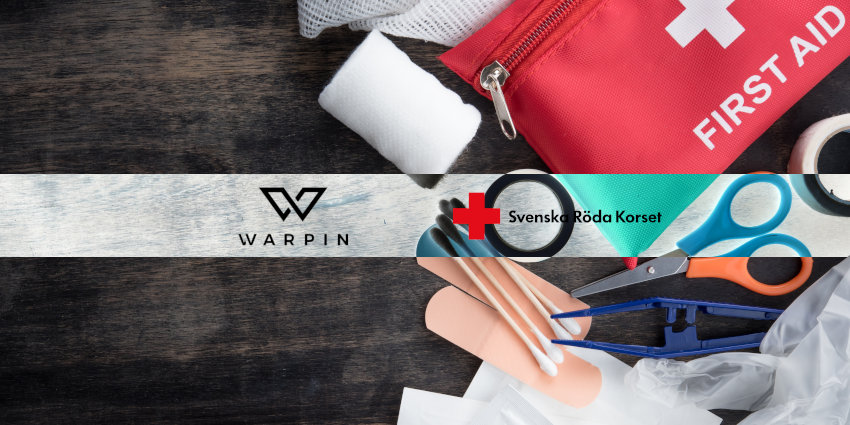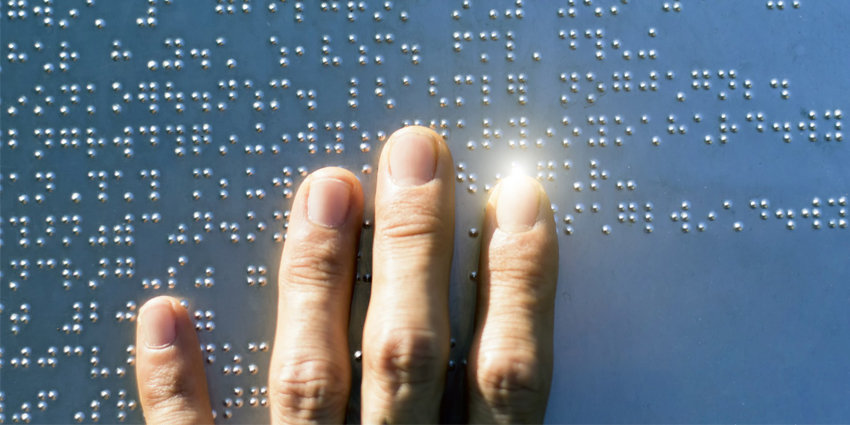Immersive training is one of the top verticals for virtual, augmented, mixed, and extended reality (VR/AR/MR/XR). As more companies explore the profound benefits of XR learning, new use cases develop to meet the needs of each enterprise, often with substantial results.
XR Today has the pleasure of interviewing Emma Ridderstad, Vice-President and Founder, Warpin Reality, to discuss her company’s collaboration with the Swedish Red Cross.
Using the novel immersive trainer, both Warpin and the SRC aim to democratise access to First Aid training in critical areas like the workplace and difficult environments. As global workforces aim to tackle the upskilling crisis, emergency medical treatment also becomes a key part of their first-day training.
XR Today has also spoken with Lars Adamsson, Head of Education Unit, Swedish Red Cross, to explore the collaboration further. Kindly read to learn more about this excellent use of virtual reality training.
XR Today: How did you begin your collaboration with the Swedish Red Cross? What were some of the challenges in First Aid training that you wanted to help the organisation solve?

Emma Ridderstad: It began with one of our clients—The Swedish Postal Service—who wanted a VR First Aid trainer for their staff. When we started to elaborate on this, we thought the best partner to work with was obviously the Red Cross. We contacted them, and they were on board.
We did this firstly for the Swedish Postal Service, and during that time, we realised that this was such a great solution that would could potentially scale it to more companies.
Later, we began speaking with the Red Cross about creating a separate product where we can actually help more companies with First Aid. The challenge was, of course, how can we make people engage?
One of the biggest things is that, when you see a person collapse or another emergency, this is what springs people into action. We later brainstormed several scenarios and ended up with five realistic ones for the trainer.
For example, you’re in a park when you meet someone unconscious but still breathing. For another, you help a victim stop major bleeding or, even more, someone unconscious and not breathing. Others train people on scenarios with blocked airways or signs of stroke.
So, in these very realistic scenarios, you can actually train and see how the consequences of different actions will affect outcomes for the simulation.
It’s a great way to democratise that type of education. Instead of having a person come to your company and pay for the training, where everyone must be there at a certain time, and the trainer lasts roughly two to three hours, you can do this one wherever you are, whenever, when you have spare time or a break and can complete it in 30 minutes.
XR Today: Can you tell us a little about the technology stack included in the VR First Aid curriculum?
Emma Ridderstad: We can start by saying that virtual reality is an empathetic tool, right? You’re 3.75 times more emotionally connected to the content that you are experiencing. What’s also really interesting is that you have 70 percent knowledge acquisition that you gain from experience.
For the five different scenarios, you get to learn how to spot a stroke and really learn how to help the person with that. With these different scenarios, the Swedish Red Cross wanted to push people to act and not become someone who stands by and watches [passively].
I think that is one of the greatest benefits of virtual reality—you can train and put yourself in difficult situations, but from within a safe space. It’s all about training, doing multiple things, having your pulse climb, but being able to immerse yourself in the situation. When you have done that once, it makes it so much easier to do it again.
We have just started this, but the metrics [show] that you learn much faster, in a shorter period of time. Your knowledge is much more embedded in your body and mind. You can also practice muscle memory because we also built a simulator where you have to put a person in a recovery position.
If you have done that before, you remember to do it in a certain way to move the person. So in the simulator, you have to listen to a person first to see if he’s breathing, but then initiate the recovery position that requires you to move the person.
XR Today: Could you tell us a bit more about VR and upskilling? How quickly could the immersive trainer prepare students for specific activities?
Emma Ridderstad: Although we have just launched this product, we’ve realised during the testing is that, if you’re standing with another person that shows you something in real life, your attention is all over the place. This type of education normally takes about two to three hours, and to have that span of attention for that long can be very difficult for many these days.
By engaging in these emotionally charged situations, you can receive the education much faster and embedded in your body. This is because it becomes much more realistic than if you’re training on a mannequin or doing the exercises when it doesn’t feel lifelike.
So the metric is that, with every training in virtual reality, it’s much more cost-efficient, you train four times faster than other methods, and you’re 275 percent more confident in taking action after doing these types of training. We will start to see so much more coming from this space because it shows what virtual and augmented reality can bring into our communication and training practices.
I think we have been focusing so much on the more commercial side of everything, like the Metaverse, selling wearables, and other things, but the real benefits for humanity come in these types of experiences.
XR Today: Are there new opportunities to democratise these training modules with the Meta Quest 3?
Emma Ridderstad: Yes, definitely. We are currently using Pico [headsets], but we are hardware agnostic. We’re working with many different headsets, and depending on your training and education, you need different types of headsets.
However, I’m very curious about when we enter this world of mixed reality, stay in it [persistently], add digital objects, and move from different immersive experiences—that’s where the real magic will happen, I think.
I’ve been in the life science industry, talking about this, to see what’s happening there. When you can go into a molecule and see the cell and what happens within it, you get a completely different understanding of the process. Different headsets will allow more people to see where we’re heading with these technologies.
I’m very curious about the mixed reality capabilities of the headsets as well, but for the moment, we are using the Pico Neo 4. However, developments in the hardware space are super interesting, and we have an idea of where we’re heading with these technologies. We know it’s going to get better and better with each headset coming out.
Now is the time when we need to focus on how we can really use these technologies to make the best impact and return on investment (ROI) for companies today, and not focus so much on what will happen in two to three years.
XR Today: With the release of these new headsets, do you believe that we’ll see more tools like high-fidelity passthrough integrated into these kinds of immersive trainers?
Emma Ridderstad: I think we will. There are many different layers of it. One is that we can democratise difficult procedures or help more people understand medical subjects. As before, you can go into a cell and really experience what happens in real time if you’re learning about medicine.
What I think is really interesting is that we have this connection where we can experience things from a therapeutic point of view and enter different stages we may be afraid of, but we can do it from a safe space. It will be so important for us to connect on a new level.
Additionally, the 2D is very limited, making us desensitised to what we see. If we’re entering a 3D world, it’s going to be much more human and, hopefully, more empathetic.
In the medical field, we have just started to scratch the surface of what we can do. We have done this with Kry, a Swedish digital healthcare service startup, where we deploy headsets to people with social phobias.
On the other end was a psychologist with an iPad, and from the safety of their own home, they could go to a party or give a speech, pause it, and then go back to practice it again.
This really helps train people to overcome their social phobias with excellent results. I think we can do so much for humanity within these areas, and I’m truly excited about it.







